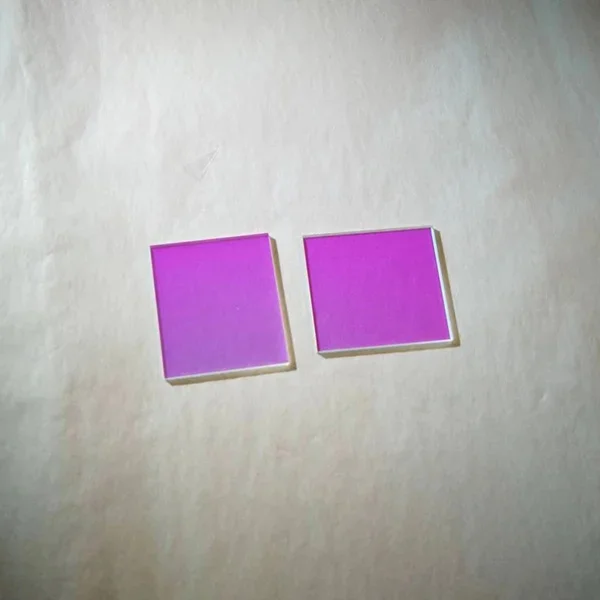Comparing Polarizing and Non-Polarizing Beamsplitters
At Yushen Optic-electric, we specialize in high-quality optical components, including our beamsplitters like the model YS-PS-45-T50-1000-1100nm-D50T4. Beamsplitters are essential optical devices that divide a beam of light into two or more separate beams. They can be categorized into polarizing and non-polarizing types, each serving unique purposes in various applications. Here, we’ll explore the differences between these two types of beamsplitters to help you make an informed choice for your optical systems.

1. Understanding Polarizing Beamsplitters
Polarizing beamsplitters are designed to separate light based on its polarization state:
- Functionality: They utilize the principle of polarization to reflect one polarization state (usually P-polarized light) while transmitting another (S-polarized light). This allows for precise control over the polarization of the output beams.
- Specifications: The performance of polarizing beamsplitters is often specified by their extinction ratio, which measures the ratio of transmitted P-polarized light to reflected S-polarized light. A higher extinction ratio indicates better performance in separating polarized light.
Applications
Polarizing beamsplitters are commonly used in applications such as:
- Laser Systems: To control the polarization state of laser beams.
- Optical Instruments: In devices like microscopes and cameras for enhancing image quality.
- Photography: To reduce glare and improve color saturation in images.
2. Understanding Non-Polarizing Beamsplitters
Non-polarizing beamsplitters, on the other hand, do not discriminate between different polarization states:
- Functionality: These beamsplitters split light based on intensity rather than polarization, ensuring that both reflected and transmitted beams maintain their original polarization states.
- Specifications: Non-polarizing beamsplitters are characterized by their splitting ratio, which indicates the proportion of light reflected versus transmitted. This makes them suitable for applications where maintaining the polarization state is not critical.
Applications
Non-polarizing beamsplitters are widely used in various fields, including:
- Optical Communication: For routing signals without altering their polarization.
- Beam Combination: In laser systems where multiple beams need to be combined without affecting their characteristics.
- Imaging Systems: Where consistent light intensity is crucial.
3. Choosing Between Polarizing and Non-Polarizing Beamsplitters
When deciding between polarizing and non-polarizing beamsplitters, consider the following factors:
- Application Requirements: If your application requires precise control over polarization, a polarizing beamsplitter is essential. However, if polarization is not a concern, a non-polarizing option may suffice.
- Performance Specifications: Evaluate the extinction ratio for polarizing beamsplitters and the splitting ratio for non-polarizing ones to ensure they meet your system’s needs.
- Cost Considerations: Polarizing beamsplitters may be more expensive due to their specialized design and manufacturing processes. Assess your budget against performance requirements.
Conclusion
Both polarizing and non-polarizing beamsplitters play vital roles in optical systems, each with its unique advantages and applications. At Yushen Optic-electric, we offer a range of high-quality beamsplitters tailored to meet diverse optical needs. Whether you require precise polarization control or a reliable method for splitting light without altering its properties, our products can help you achieve optimal performance in your applications. If you have any questions or need assistance selecting the right beamsplitter, feel free to reach out!



